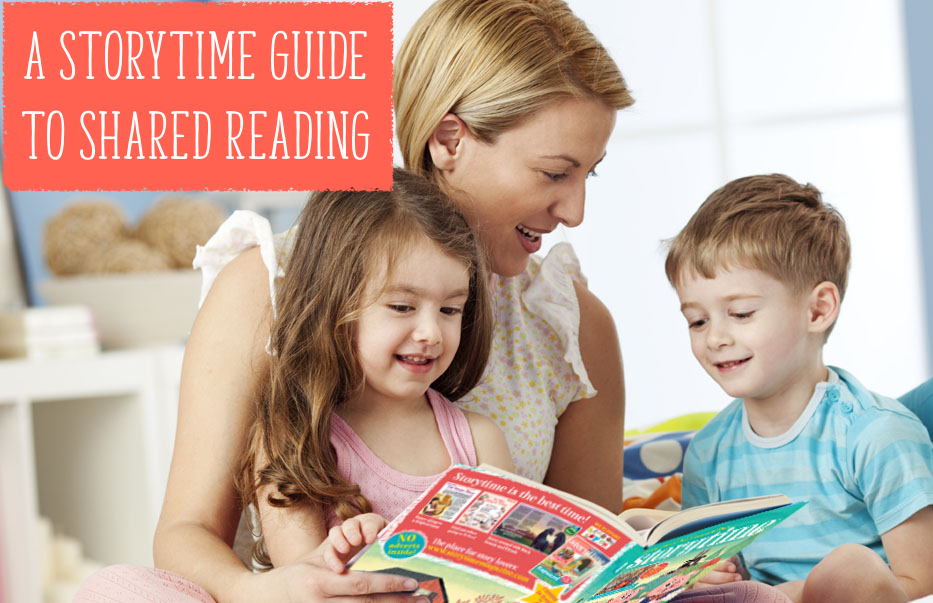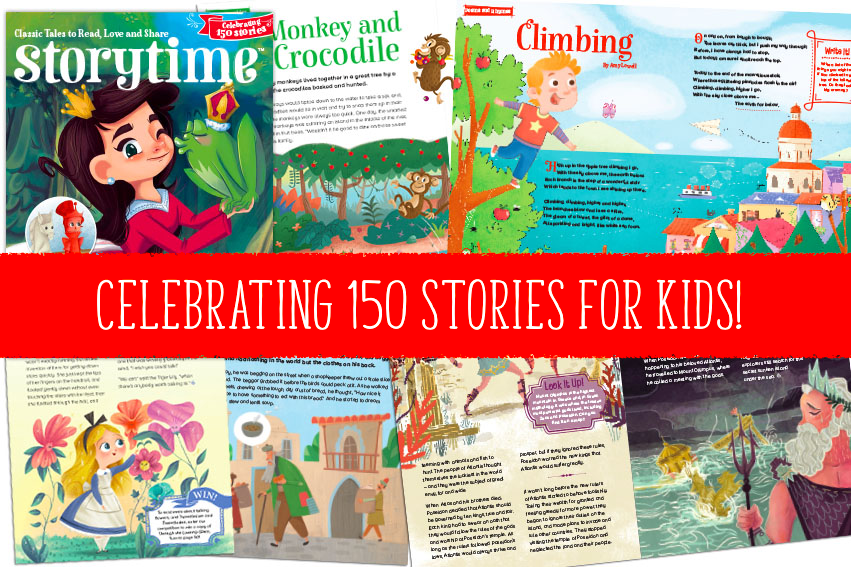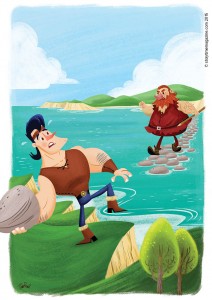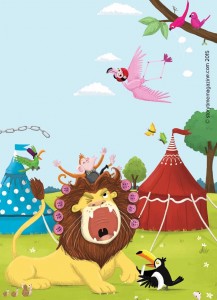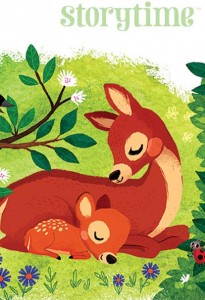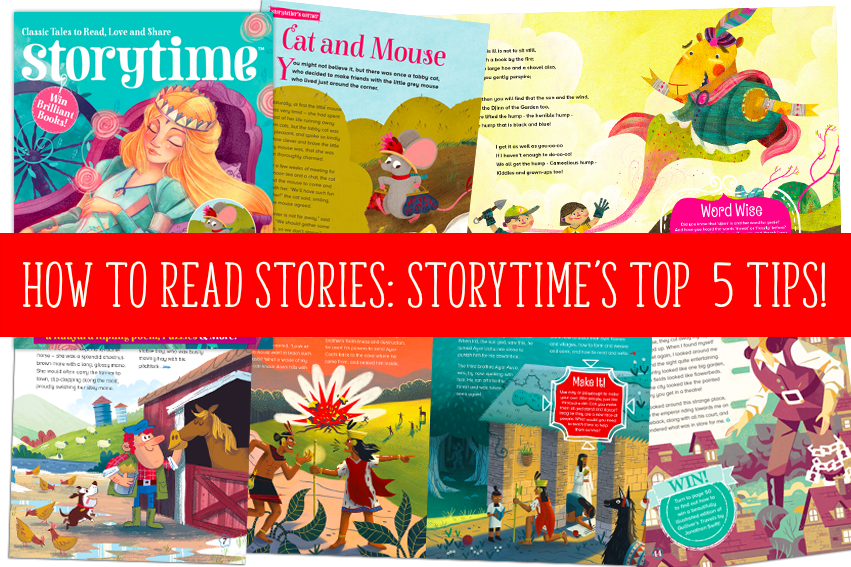 When it comes to stories that speak to a child’s imagination, folk tales with fictional shapeshifters – about animals that turn into humans or vice versa – are pretty hard to beat. While adults might be incredulous that people could ever have believed such nonsense, kids are open to the possibility that it might still be true. It’s a gift we sadly lose as we grow up – most of us do, anyway!
When it comes to stories that speak to a child’s imagination, folk tales with fictional shapeshifters – about animals that turn into humans or vice versa – are pretty hard to beat. While adults might be incredulous that people could ever have believed such nonsense, kids are open to the possibility that it might still be true. It’s a gift we sadly lose as we grow up – most of us do, anyway!
In the spirit of keeping the magic alive and preserving precious old beliefs and long-forgotten folk tales, our latest Storytime Issue 21 features a tale from the Orkney Isles called The Selkie Wife.
It’s a variant of one of many selkie tales featuring seals that shapeshift into humans. On this occasion, a fisherman falls in love with a female selkie. In many versions, it’s the other way around, with Orkney women (and indeed women in Shetland, Ireland and the Faroe Islands) falling for brown-eyed selkie men. There’s more on selkie legends here if you’re interested.
Shapeshifting stories appeal to us at Storytime because the characters are often so unexpected, they encourage imaginative thinking (super-important for kids), challenge beliefs and make for a great story. So with a focus on characters who voluntarily shapeshift rather than having been cursed (so many shapeshifting curses), here are five of our favourite fictional shapeshifters…
Five fantastic fictional shapeshifters
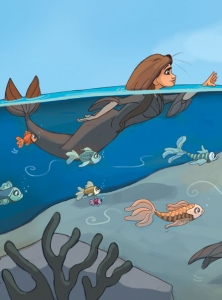 1. Selkies – As featured in The Selkie Wife in Storytime Issue 21. The legendary seal folk who are able to shed their long velvety coats and walk on land in human form, you’ll never look at a seal in the same way again. The fabulous illustration on the right is by Evelyne Duverne.
1. Selkies – As featured in The Selkie Wife in Storytime Issue 21. The legendary seal folk who are able to shed their long velvety coats and walk on land in human form, you’ll never look at a seal in the same way again. The fabulous illustration on the right is by Evelyne Duverne.
2. Kelpies ‚Äì Another Scottish folklore invention. Kelpies are water spirits who inhabit the lochs of Scotland and appear as beautiful horses, who can shape-shift into humans ‚Äì usually women with long locks entangled with watery weeds. Sometimes kelpies are bad and sometimes they’re helpful. Loch Ness, not satisfied with having a mythical monster, is home to many kelpie folk tales.
3. Odin – The most powerful of the Norse Gods and one of the most accomplished fictional shapeshifters to boot. In Storytime Issue 16’s myth Odin’s Quest, he transforms into a snake and an eagle in order to win the mead of poetry. Norse Gods Loki, Heimdall and Fafnir were pretty handy at shapeshifting too. Like Zeus in Greek mythology, those Norse Gods really knew how to adapt to their circumstances.
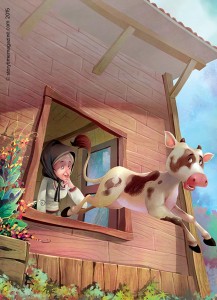 4. The Hedley Kow ‚Äì In this funny folk tale from Northumbria and in Storytime Issue 12, an old woman experiences a notorious sprite, which spends most of its time shape-shifting into various objects just to make fun of the locals. In this story, it transforms itself into a pot of gold, a lump of metal and a rock before turning back into a mischievous cow. If you don’t know it, this folk tale is a great lesson in optimism. Ishan Trivedi had fun bringing our mad cow to life.
4. The Hedley Kow ‚Äì In this funny folk tale from Northumbria and in Storytime Issue 12, an old woman experiences a notorious sprite, which spends most of its time shape-shifting into various objects just to make fun of the locals. In this story, it transforms itself into a pot of gold, a lump of metal and a rock before turning back into a mischievous cow. If you don’t know it, this folk tale is a great lesson in optimism. Ishan Trivedi had fun bringing our mad cow to life.
5. The Ogre in Puss in Boots ‚Äì Shapeshifting proves to be the ogre’s downfall in this classic Italian fairy tale. As he shows off his skills in front of Puss, he’s duped into changing into a mouse. More fool him, clever Puss is quick to leap on the opportunity to remove the opposition. You can read the full illustrated tale in Storytime Issue 14. We always enjoy a story where a show-off is brought down to earth ‚Äì a shapeshifting show-off, even better! The illustration above is by the brilliant Melanie Matthews.
Yes, that’s right, no werewolves or vampires in our list. They get more than enough publicity. Though there aren’t nearly enough fictional shapeshifters who do so of their own volition for my liking. Have I missed your favourite? Let me know via Twitter or Facebook ‚Ä쬆I’m always interested to hear your thoughts. A question worth asking your little ones: if they could shapeshift into any animal, what would they choose?
See you soon!
